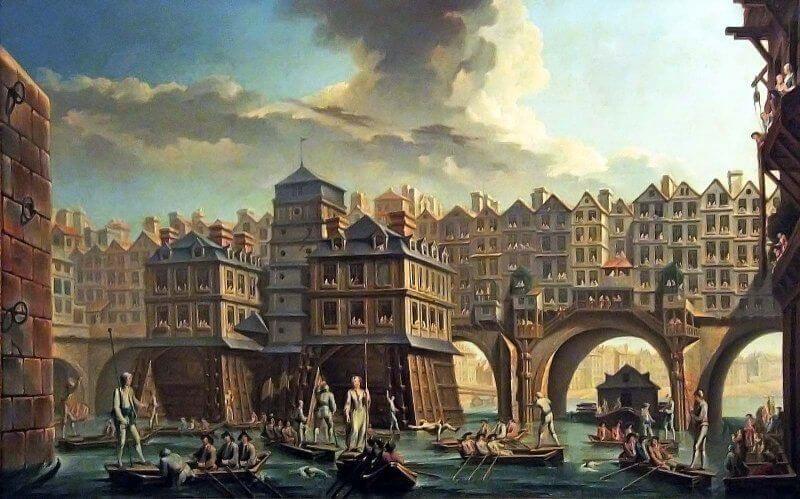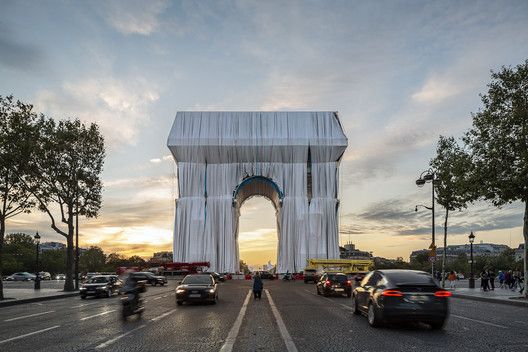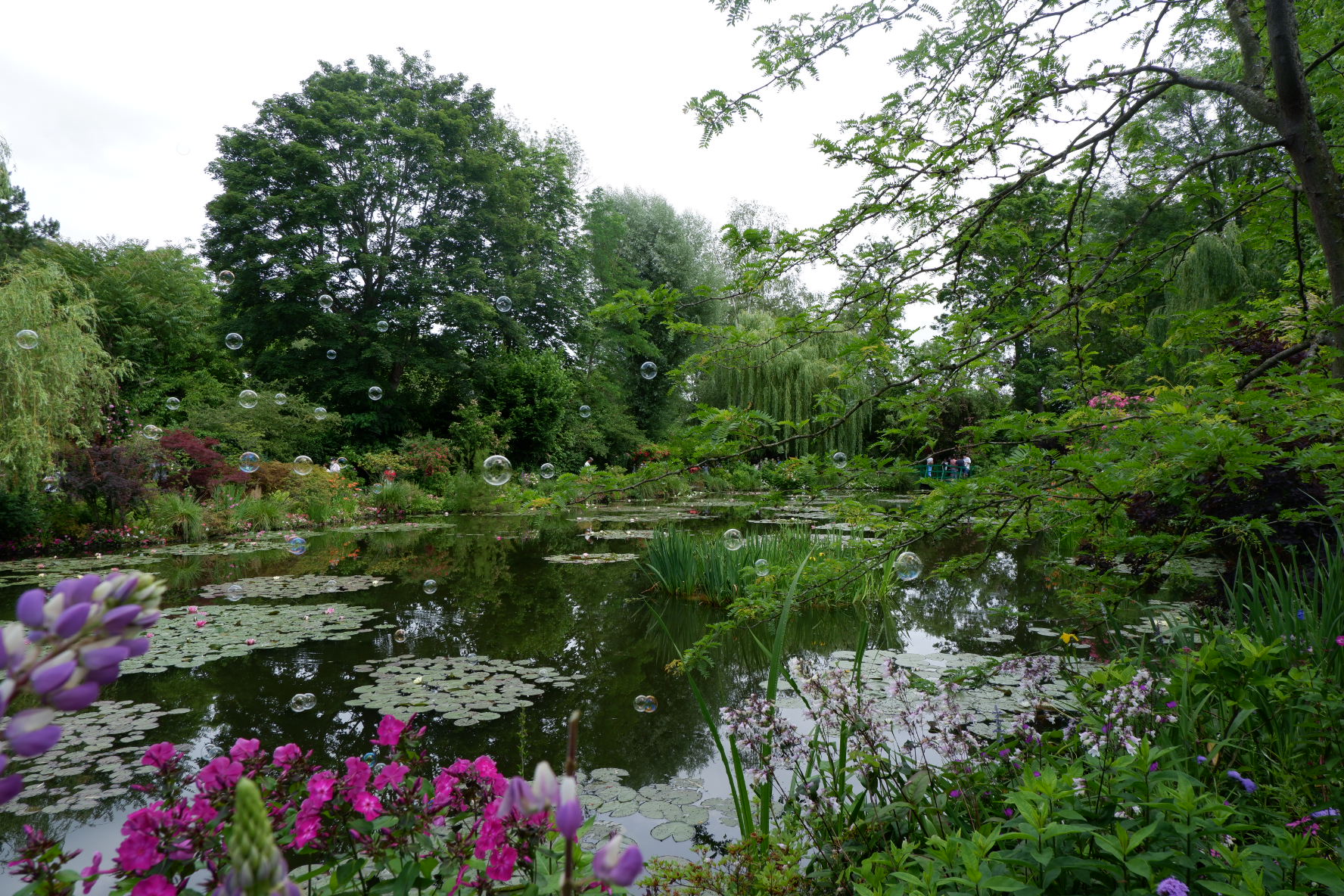L’Art de vivre
à la française
à la française
L’Art de vivre
à la française
Medieval Paris
Medieval Paris
I invite you, dear visitor, to continue our voyage through the epochs on the way to meet the medieval Paris this time.
We get somewhere between the 5th and 15th centuries. The future Paris lives hard times. The Roman Empire collapsed. The city is occupied by Francs, whose king Clovis I makes of Paris his capital and Christianizes the Parisians. Actually, the latter is considered to be “the first king of what would become later France.”
The middle-ages have the reputation of being quite dark, dirty, smelly and suffering. Water is considered to be contaminating, people were dying from black plague, dysentery, smallpox.
However the devil is not only as black as it is painted. In the 13th century Paris is the largest city in Europe. It is an important religious and commercial center. The newborn Gothic style of architecture finds its realization in Notre-Dame de Paris, Sainte Chappelle, Saint-Denis Basilica. The first covered market les Halles appears on the right bank of the city. The intellectual world prospers thanks to La Sorbonne on the left.
The local population grows rapidly and needs space and protection. It was soon provided by Philippe August starting from 1180. The urban heart of the city becomes delimited by the 5 km long walls commissioned by the king. This wall punctuated by nearly 80 turrets intended to protect the inhabitants from a possible military attack.
Amazingly so, 800 years later, the part of this wall had still survived. Today it allows us to know and to see the limits of Paris in those days. To find out where it is I advise you to go to number 9 rue du Louvre, in the 1st arrondissement. You find there the remains of one of the 77 towers of Philippe Auguste's enclosure. And at the corner of rue Charlemagne, rue des Jardins and Saint-Paul, in the 4th arrondissement, you will discover the remnants of almost 60 meters of the wall!
Here is another portion of places not to miss if you’re fond of middle ages as do I:
Museum of Cluny, the tour Saint Jacques, the museum of Carnavalet, the museum of Louvre (to see the remnants of the fortress commissioned by Philippe Auguste)
And if you want to know more on the subject don’t hesitate to go for a walking tour with a guide.
When tired of the flamboyant gothic architecture, charming medieval streets, and never dying, monuments, I propose you move on to the renaissance then. There are still so many things to discover together…
La versione in Italiano.
La Parigi medievale
Ti invito, caro visitatore, di continuare il nostro viaggio attraverso le epoche per incontrare questa volta la Parigi medievale.
Siamo tra il V e il XV secolo. La futura Parigi vive i tempi oscuri. L'Impero Romano è crollato. La città è occupata da Franchi, il cui re Clodoveo I fece di Parigi la sua capitale e cristianizzò i parigini. In realtà, si dice che lui sia "il primo re di quella che sarebbe diventata dopo la Francia".
Il Medioevo è spesso descritto nella storia della città in modo poco attraente: si sente la puzza dappertutto, si vede il sporcho, si vive nel sofferenza. L'acqua è considerata d’essere contaminante. Le strade sono strette, acciottolate, buie e rumorose.
D'altra parte, la Parigi del XIII secolo è la città più grande d'Europa. È un importante centro religioso e commerciale. Il neonato stile gotico trova la sua realizzazione atraverso Notre-Dame de Paris, Sainte Chappelle, Basilica di Saint-Denis. Il primo mercato coperto Les Halles appare nella riva destra della città. Gli intellettuali prosperano grazie a La Sorbonne sulla riva sinistra.
La popolazione locale cresce rapidamente come la necessità dello spazio e la protezione. Tutto questo arriva con un nuovo re francese Filippo Augusto oppure Filippo il Conquistatore nel 1180.
Il cuore urbano di Parigi, che conta tra i 150.000 ei 200.000 abitanti, è delimitato dalle mura di 5 km commissionate dal re. Questo muro punteggiato da quasi 80 torrette è destinato a proteggere gli abitanti da un probabile attacco militare.
Sorprendentemente, ma 800 anni dopo, questo muro ci permette di conoscere con precisione i limiti di Parigi di quel tempo. Per trovarlo consiglierei di andare al numero 9 di rue du Louvre, nel 1 ° arrondissement. Vi si trovano i resti di una delle 77 torri del recinto di Philippe Auguste. E all'angolo tra rue Charlemagne e rue des Jardins -Saint-Paul, nel 4 ° arrondissement, scoprirai i resti di quasi 60 metri di quel famoso muro!
Ecco un'altra porzione di luoghi da non perdere se ami il periodo medioevo come lo faccio io: il museo di Cluny, Il tour Saint Jacques, Il museo del Louvre (per vedere i resti della fortezza commissionata da Philippe Augusto) Se vuoi saperne di più sulla storia di questi luoghi non esitare a fare un tour con la guida privata.
Quando sarai stanco dell'architettura gotica e delle affascinanti stradine medievali, ti propongo di passare al Rinascimento: ci sono ancora tante cose da scoprire asieme ...







